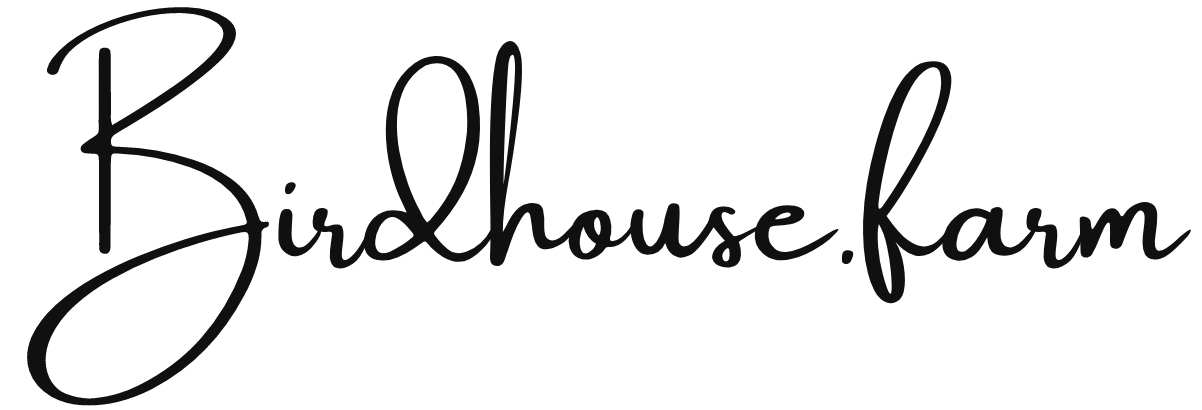Small Steps to Make Your Yard More Pollinator-Friendly This Fall in Kansas
As summer fades and fall settles in Kansas, it's the perfect time to focus on making your yard a welcoming haven for pollinators. While the growing season may be winding down, there are several small steps you can take now to support bees, butterflies, and other pollinators throughout the autumn and into the next spring. Here’s how you can enhance your yard’s pollinator-friendly features this fall:
Plant Fall-Blooming Flowers
Even as the temperatures cool, many pollinators are still active. Planting fall-blooming flowers such as asters, goldenrod, and sedum provides crucial nectar sources for bees and butterflies. These late-season blooms help sustain pollinators as they prepare for winter or migrate.
Provide Habitat with Native Plants
Incorporate native plants into your garden to offer food and shelter for pollinators. Native species are well-adapted to the local climate and soil, making them more resilient and beneficial for local wildlife. Consider adding plants like milkweed for monarchs or coneflowers for a variety of bees.
Leave Some Garden Debris
Instead of clearing all plant debris from your garden, leave some behind. Dead plant stems, fallen leaves, and seed heads can provide overwintering habitats for pollinators. For example, solitary bees often nest in old plant stems, and butterflies may seek shelter in leaf piles.
Create a Pollinator-Friendly Water Source
Pollinators need water too! Set up a simple water feature, such as a birdbath with pebbles or a shallow dish, to provide a reliable water source. Ensure the water is shallow enough so pollinators can drink safely, and change it regularly to prevent stagnation.
Add a Pollinator House
Consider adding a pollinator house to your yard to offer nesting sites for solitary bees and other insects. These can be purchased or made from natural materials like bamboo or wood, providing essential habitat for these important pollinators.
Reduce or Eliminate Pesticide Use
Minimize the use of pesticides and herbicides in your yard to protect pollinators from harmful chemicals. Opt for natural pest control methods and organic treatments to keep your garden healthy without harming beneficial insects.
Plant Trees and Shrubs
Fall is an excellent time to plant trees and shrubs that provide valuable food and shelter for pollinators. Trees like oak and maple offer habitat for many species, while shrubs such as dogwood and holly provide berries and shelter.
Create a Pollinator-Friendly Garden Design
Think about the overall design of your garden to ensure it supports pollinators. Plan for a mix of flower shapes, colors, and bloom times to attract a diverse range of pollinators. Grouping plants in clusters rather than scattering them helps pollinators find their favorite flowers more easily.
Educate and Inspire Others
Share your efforts with neighbors and friends to spread awareness about the importance of pollinator-friendly practices. Host a fall garden tour, offer tips on social media, or participate in local gardening groups to inspire others to take small steps in their own yards.
Plan for Next Year
Use the fall season to plan for future pollinator-friendly improvements. Review what worked well in your garden and consider new ideas for the coming year. Whether it’s adding more native plants or creating additional habitats, planning ahead ensures your garden will continue to support pollinators throughout the seasons.
By taking these small steps this fall, you can create a yard that supports and attracts pollinators, enhancing the health and biodiversity of your local ecosystem. Your efforts will not only benefit the pollinators but also bring beauty and vitality to your garden, making it a welcoming place for all of nature’s visitors.

